Looking back at the 1972 Oscars feels like stepping into a time capsule of a Hollywood that was rapidly evolving. The ceremony wasn’t just about awards—it was a dazzling celebration of cinema that captured the essence of a changing industry.
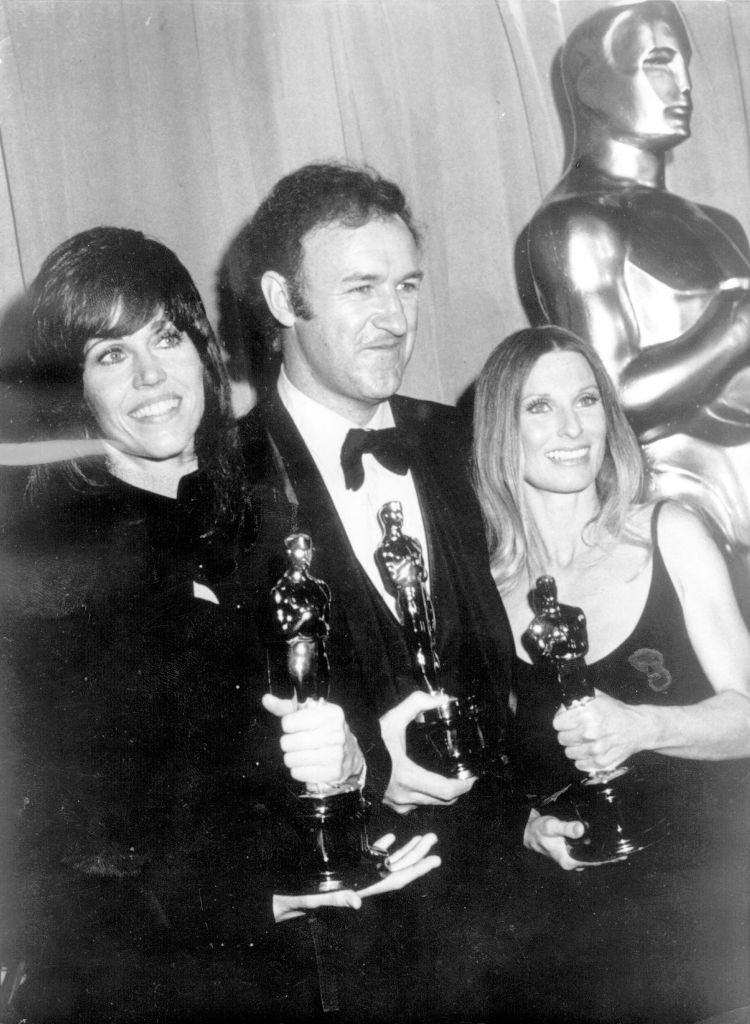
In recent years, the Oscars have started to feel a bit bland, more about the spectacle than the celebration of true talent. The genuine joy and pride for others’ achievements seem to have faded, making the event feel less authentic and memorable than in years past. But the 1972 Academy Awards? That was something different.
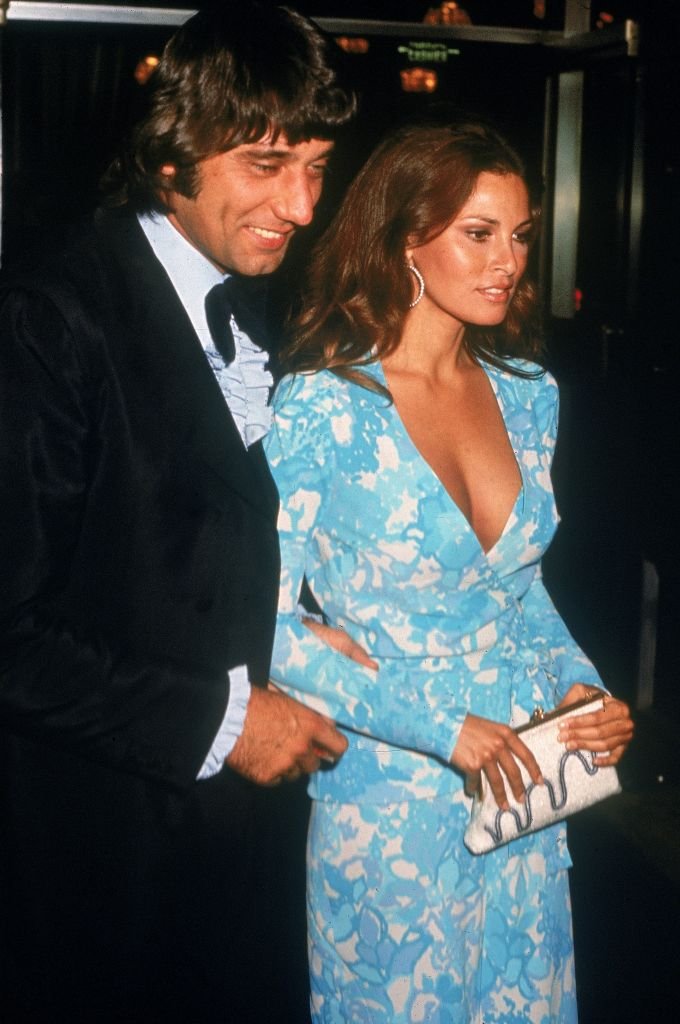
The night was full of unforgettable moments that set the bar high for every Oscars ceremony that followed. It was like stepping into Hollywood’s golden age, with stars radiating glamour and the atmosphere exuding pure magic. A historic year, indeed.
A Night of Legendary Films
The 44th Academy Awards celebrated some of the greatest films in cinema. The French Connection dominated the night, winning five Oscars, including Best Picture, Best Director (William Friedkin), and Best Actor for Gene Hackman, who portrayed the gritty New York detective Jimmy “Popeye” Doyle. The film’s raw realism and groundbreaking car chases set a new standard for thrillers and earned its place in movie history. It was a real story, with real actors—something that feels missing from some films today.
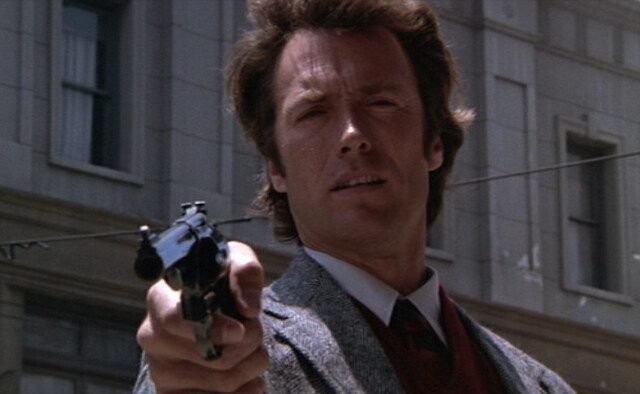
Gene Hackman, so shocked by his win, could hardly remember walking to the podium. He thanked his drama coach and his mother, but soon was overwhelmed with emotion. It was a beautiful, unpolished moment of genuine gratitude.
Also nominated was A Clockwork Orange, Stanley Kubrick’s controversial and visionary dystopian film, which sparked debate but also admiration for its cultural impact. Meanwhile, Fiddler on the Roof charmed audiences with its sweeping musical numbers and heartfelt story, and The Last Picture Show received eight nominations, with Cloris Leachman and Ben Johnson taking home Oscars for Best Supporting Actress and Actor.
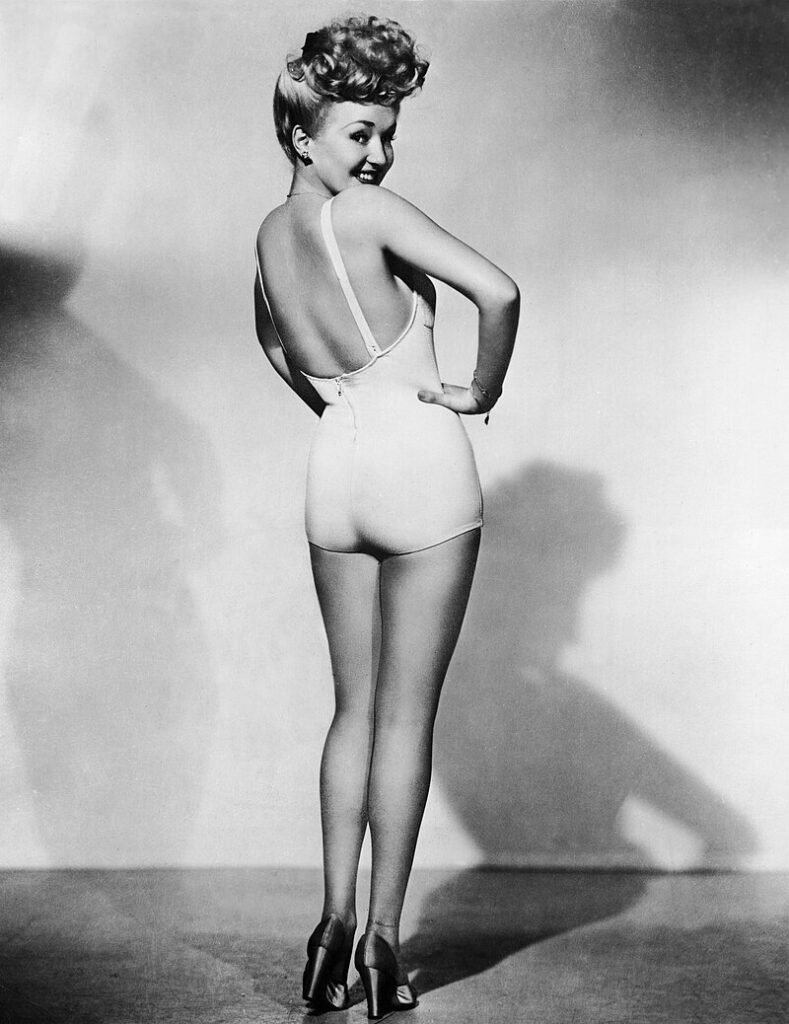
A Glamorous Return to Hollywood Elegance
The 1972 Oscars marked a return to the glamour of Hollywood’s golden era. Gone were the hippie-inspired looks of recent years, replaced with timeless elegance—stars dazzled in flowing gowns, rich fabrics, diamonds, and furs. The red carpet was a stunning display of vintage style, with one reporter noting that “plenty of cleavage” was on display, adding to the evening’s sophistication. Jane Fonda made a bold statement in one of the few pantsuits seen that night, but overall, the night was filled with the kind of Hollywood glamour that feels like a thing of the past.
Protests and Tension
Outside the ceremony, tensions ran high with protests, a common occurrence during those years. Demonstrators, particularly vocal in their opposition to Clint Eastwood’s Dirty Harry, gathered near the venue. Though the film wasn’t nominated, it came under fire for allegedly glorifying police violence. One protest sign even read, “Dirty Harry is a Rotten Egg.”
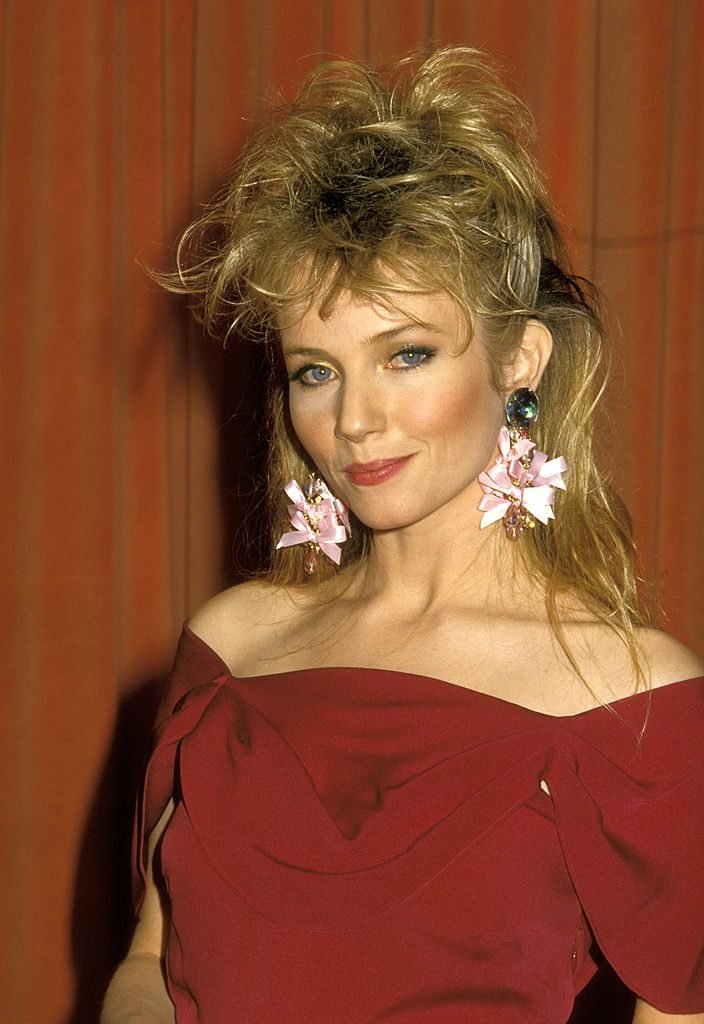
Music, Magic, and a Showstopper
Music played a huge role in making the 1972 Oscars unforgettable. Isaac Hayes made history as the first African American to win the Oscar for Best Original Song for “Theme from Shaft.” His electrifying performance, shirtless and draped in chains, brought soul to the Oscars in a way it had never been seen before. The highlight of his performance was when he disappeared in a cloud of smoke, leaving the audience in awe—a truly magical moment in Oscar history.
Betty Grable’s Farewell
One of the most poignant moments of the night came when Hollywood icon Betty Grable made one of her final public appearances. Known for her famous pin-up poster from the 1940s, Grable had been a trailblazer in Hollywood. That night, she dazzled in a turquoise gown but was a shadow of her former self. Grable passed away just a year later at the age of 56, making her appearance at the 1972 Oscars all the more bittersweet.
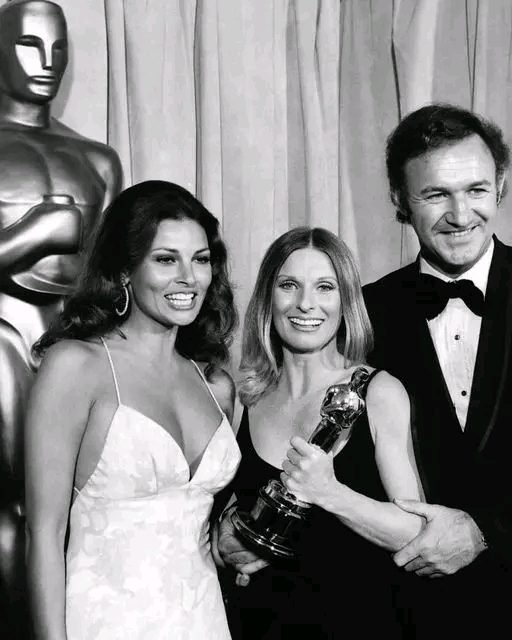
Charlie Chaplin’s Emotional Return
Perhaps the most powerful moment of the night came when film pioneer Charlie Chaplin, who had been exiled from Hollywood two decades earlier, made a surprise appearance. At 82, Chaplin was honored for his immense contributions to cinema. When he walked onto the stage with his trademark cane, the audience erupted in a 12-minute standing ovation—the longest in Academy Awards history. Chaplin, visibly moved, thanked the Academy and the crowd, delivering a speech that showed the depth of his gratitude.
The Old and New Hollywood Coming Together
The 1972 Oscars celebrated the blending of old and new Hollywood, with legendary stars like Jane Russell, Macdonald Carey, and Jane Powell Kelly sharing the spotlight with rising stars like Jane Fonda, Jack Nicholson, Gene Hackman, and Cloris Leachman. The red carpet was a breathtaking display of old-school glamour, with stars wearing gowns and tuxedos that exuded the timeless allure of the golden age.
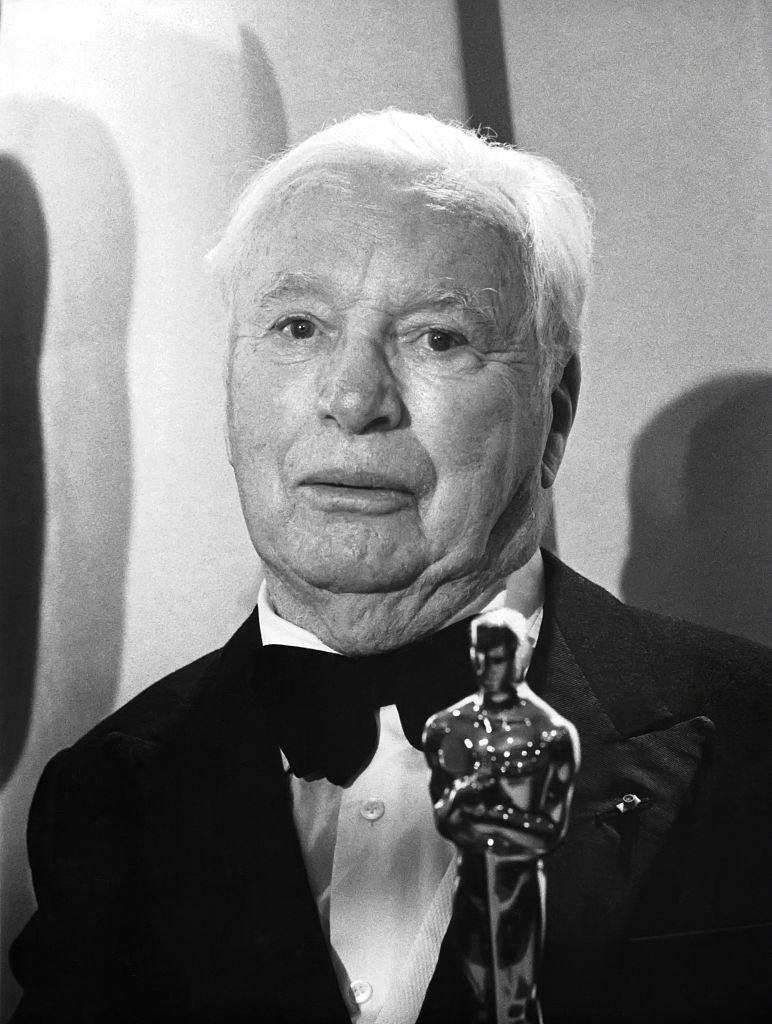
One photo from that night stands out: Gene Hackman, Cloris Leachman, and Raquel Welch together—capturing a moment that reflected Hollywood’s changing landscape. Hackman had every reason to smile as he took home Best Actor, Leachman had just won Best Supporting Actress for The Last Picture Show, and Welch represented the shifting ideals of femininity in Hollywood. Her confidence and radiance symbolized a new era for women in the industry.
A Moment Frozen in Time
That image of Hackman, Leachman, and Welch speaks volumes about the evolution of Hollywood in the early 1970s. It was a moment when Hollywood was moving away from traditional storytelling and embracing more diverse, nuanced narratives. It was a time when the old guard was passing the torch to the new wave of talent, setting the stage for a dynamic shift in cinema.
The 1972 Oscars were more than just an awards ceremony; they were a snapshot of a time when Hollywood was at the crossroads of tradition and transformation. The night had glamour, magic, controversy, and
moments that are still unforgettable today.



